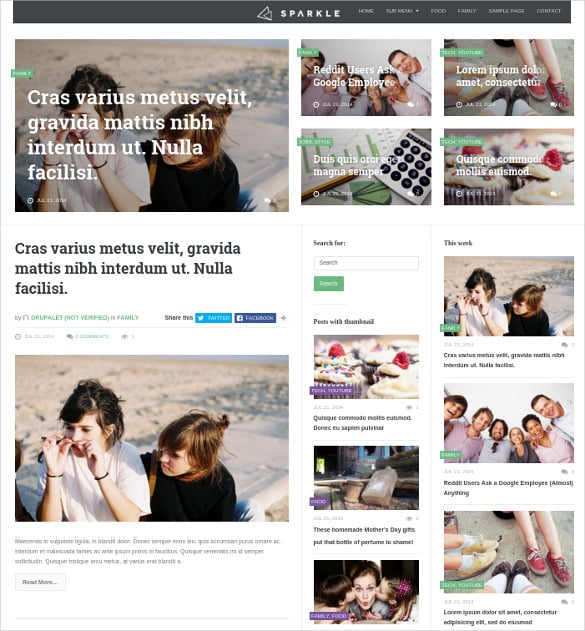

Since Drupal 7, when Bootstrap theme was created with a lot of settings that allow site builders to customize it out of the box and without coding. As a themer, you can either change these using the Advanced Theme Settings or do these custom on your project. Parts of Bootstrap like the grid, breakpoints, messaging and modals are generic components that you can reuse and restyle for your projects pretty easily. It is also how it behaves and the way it provides us a solid framework of interactions and components that we can easily customize to the most precise design specs. But the magic of Bootstrap isn't just about how it looks. If you start with Bootstrap and don't customize the styling of your theme, of course, you will end up with that classic Bootstrap look and feel. A Bootstrap theme doesn't have to look like Bootstrap Front-end developers who know Bootstrap can be more easily on-boarded on your project if you go with Bootstrap as a base theme.

And because Bootstrap is not Drupal-specific, you can use Bootstrap for your Drupal theme and your other non-Drupal projects. Thousands of developers know Bootstrap and work with it every day. This means that there are a lot of docs and examples out there to use as a guide. This makes Bootstrap the top JS Framework worldwide and the second most popular JS library ever used, right after jQuery, which is used across 72% of the web. And w3techs says it's used by 14.9% of all public internet sites. The internet loves BootstrapĪccording to, as of March 2017, almost 12 million websites use the Bootstrap library. Besides its quality and popularity, there are some specific technical reasons why Bootstrap is such an attractive option. As a Drupal themer, it's rare that I choose something other than the Bootstrap base theme for a new project.


 0 kommentar(er)
0 kommentar(er)
